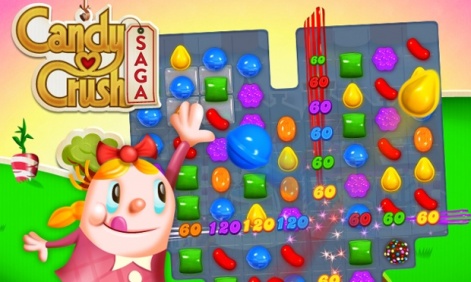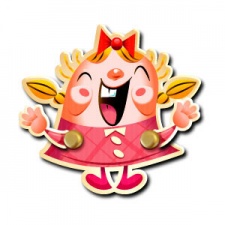King designs the thousands of levels across its match-3 games using a combination of a designer’s sense of fun and the hard data from analytics.
Speaking at GDC Europe 2016, King Berlin Principal Game Designer Jeremy Kang discussed various level design philosophies the Candy Crush developer uses to make its games.
He said the level creation flow starts with the level concept, then onto the level layout, its creation, balancing and finally testing before release.
Because of the nature of live games however, the loop of testing and balancing goes on forever, he said.
DESIGN PILLARS
A game then needs to be broken down into four different concepts: difficulty, rhythm, flow and hooks.
The idea of difficulty is to keep giving players challenges throughout their progression in the game, while the rhythm is varying the experience to keep them entertained.
Flow meanwhile is the concept of how to keep players moving toward their goal, sometimes through the use of hints, and the hook is how to ensure one level is different from another, perhaps with a twist on previous gameplay mechanics.

Kang said part of the level design for match-3, typically starting as a hand-drawn level on paper, is the game designer’s feeling of what is fun.
But this isn't always enough.
Kang said designers can often set out a level with objectives, place game objects, blocks and run it, thinking it's “going to be awesome”.
“But most often it’s not,” he said. “Finding the fun in a game isn’t easy, it’s about finding the concept.”
FINDING THE MAGIC
Kang later explained that level designers need to “have the magical gut of a magician” to know what makes something fun, and also be able to analyse data from players and testers like a mathematician.
He said sometimes a designer’s view of level difficulty may be skewed to how others find it, making the opinion of others and use of data important.
One infamous example of using data to alter a puzzle is level 65 in Candy Crush Saga – previously known as the most difficult.
Kang said the level was likely so tough as it was originally the last, and had numerous gameplay elements thrown in to challenge players.
But after negative feedback, particularly as the game’s number of levels grew, it was tweaked based on the data it received.
He claimed players now enjoy the level rather than the most difficult, and level 65 is an example of using data to make a level fun.























